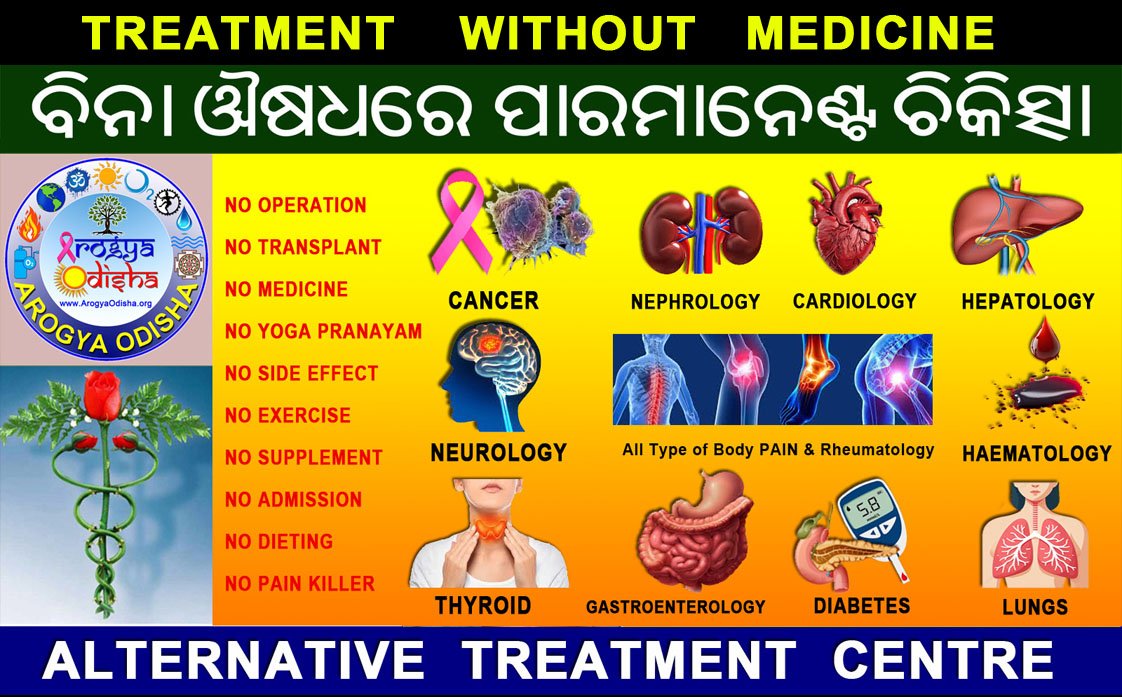Navigating the Winds of Change: Addressing Asthma in India in 2024

Introduction:
As we step into the year 2024, India finds itself at the intersection of progress and challenges in healthcare. One persistent issue that continues to affect a significant portion of the population is asthma. Despite advancements in medical science and technology, asthma remains a prevalent respiratory condition that demands attention and innovative solutions to alleviate the burden on individuals and the healthcare system.
Prevalence and Demographics:
Asthma, a chronic inflammatory disease of the airways, affects people of all ages and backgrounds. In India, the prevalence of asthma has been on the rise, with both urban and rural populations grappling with its impact. Factors such as environmental pollution, inadequate healthcare infrastructure, and socio-economic disparities contribute to the burden of asthma, making it crucial to address the issue comprehensively.
Environmental Factors:
One of the major contributors to the increasing asthma cases in India is environmental pollution. As industrialization and urbanization progress, air pollution levels rise, exposing individuals to a higher risk of respiratory disorders. The government and various stakeholders need to collaborate on implementing and enforcing policies that promote clean air, sustainable development, and the reduction of pollutants to mitigate the impact of asthma.
Healthcare Infrastructure:
Access to healthcare services remains a significant challenge in India, particularly in rural areas. The inadequate healthcare infrastructure, coupled with a shortage of healthcare professionals, poses barriers to timely diagnosis, treatment, and management of asthma. Strengthening healthcare facilities, training healthcare workers, and implementing telemedicine solutions can enhance the reach and efficiency of asthma care across the country.
Public Awareness and Education:
A crucial aspect of addressing asthma in India is fostering public awareness and education. Many individuals, especially in rural areas, lack sufficient knowledge about asthma triggers, symptoms, and proper management. Public health campaigns, educational programs in schools, and community outreach initiatives can empower people with the information they need to recognize and manage asthma effectively.
Technological Interventions:
In the age of rapid technological advancements, leveraging innovative solutions can significantly improve asthma care. Mobile applications for symptom tracking, wearable devices to monitor respiratory health, and telemedicine platforms can bridge the gap between patients and healthcare providers. Encouraging the adoption of such technologies can revolutionize asthma management, ensuring timely interventions and personalized care.
Research and Collaboration:
Investing in research on asthma, its triggers, and potential cures is essential for developing effective preventive measures and treatments. Collaborations between government bodies, research institutions, pharmaceutical companies, and non-profit organizations can facilitate the sharing of knowledge, resources, and expertise to accelerate progress in asthma research and treatment options.
Conclusion:
Addressing the asthma problem in India in 2024 requires a multi-faceted approach involving government initiatives, healthcare reforms, public awareness campaigns, technological interventions, and collaborative research efforts. As we navigate the winds of change, it is imperative for all stakeholders to unite in their commitment to creating a healthier, asthma-resilient India. By prioritizing respiratory health and implementing comprehensive strategies, we can strive to reduce the burden of asthma and enhance the overall well-being of the nation.




